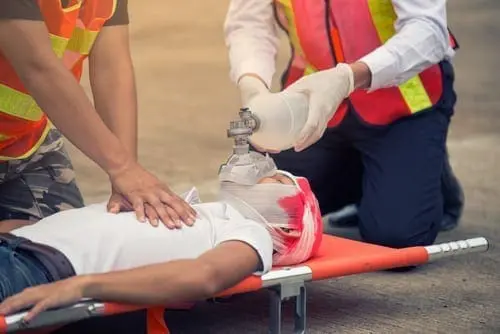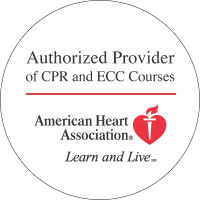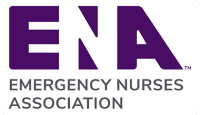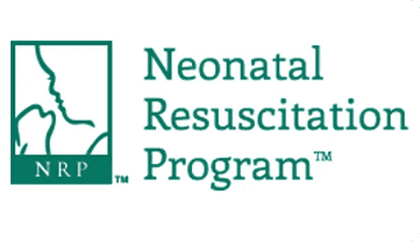Are you looking for a rewarding career that can get your foot into the door of the medical profession? Do you long to help people who are at their lowest points or to save lives? If this describes you, you may want to consider training as an EMT, a career path that offers many personal and professional benefits while also giving you plenty of ways to advance your career in numerous ways over the years.
What Is an EMT?
An EMT is an Emergency Medical Technician who responds to emergencies that typically occur outside the hospital setting. While these individuals provide basic health care for patients, they also routinely help transport sick or injured patients to hospitals for more advanced care. They work primarily with paramedics who have more medical training than they do and may also work alongside doctors and nurses once they are at the hospital.
EMTs are certainly more than just ambulance drivers. They must have life-saving skills and must be prepared to respond to all types of health crises, including life-threatening cardiac events, chemical burns, child abuse, childbirth and trauma. They are highly trained and must be medically certified.
How Can You Become an EMT?
If this career path sounds interesting to you, you may be wondering how you can get started as an EMT. In general, you must be a high school graduate or have a GED before starting a training program. You will also need to be CPR-certified before starting training in many circumstances. The training program must be state-approved and will include both classroom instruction along with hands-on training in the field.
These programs usually do not last long, which allows you to get onto the field and start your career quickly. Once you have successfully passed your training course, you will need to become certified in your state. Most states require individuals to take a cognitive examination that tests five major areas of knowledge along with a psychomotor examination that tests your hands-on skills.
In California, you are required to be at least 18 before starting EMT training, and you must complete at least 136 hours of classroom training and 24 hours of field training. In addition, you must have contact with at least 10 actual patients before completing your course.
How Can You Advance in Your EMT Career?
If you have worked as an EMT for some time and love your career, you may want to consider how you can advance in your field. One option is to become an Advanced EMT. This requires an additional 160 hours of training of which 80 hours must focus on hands-on skills. In addition, you must provide hands-on care to at least 15 patients requiring advanced life support before passing your class.
Another way to advance your career is by becoming a paramedic. Paramedics require more training because they provide more advanced hands-on care to their out-of-hospital patients. For example, these individuals can insert intravenous lines, give certain drugs and provide more than just basic life support.
At Project Heartbeat, we love to help individuals reach their career goals with our five-week EMT Training Programs. Our accelerated program will train you to work confidently with all types of patients who are facing major health crises.








